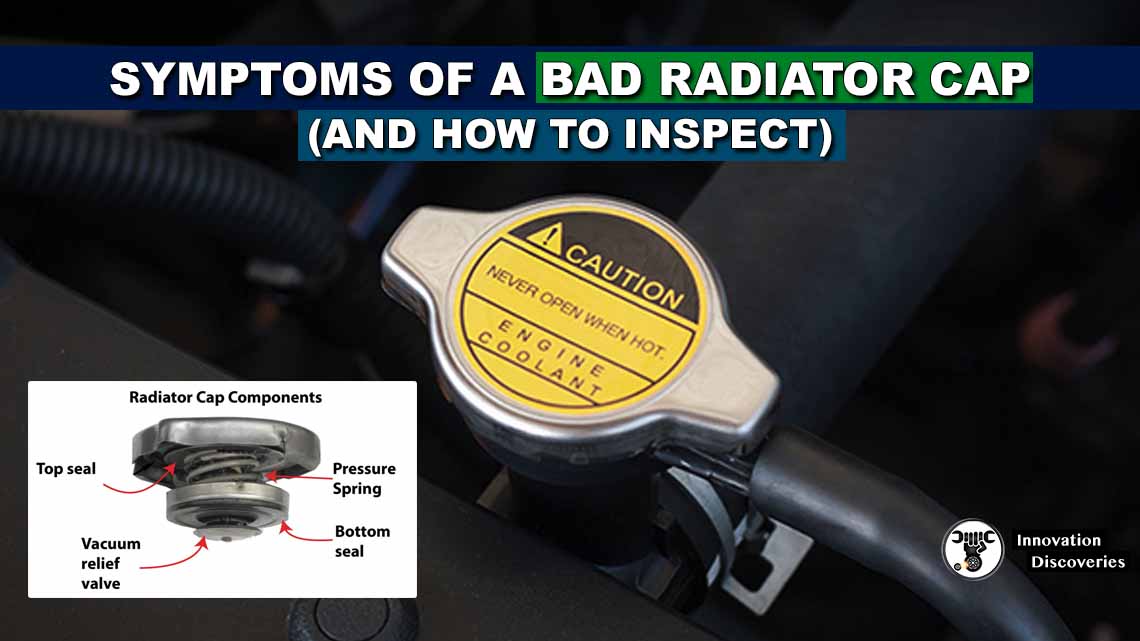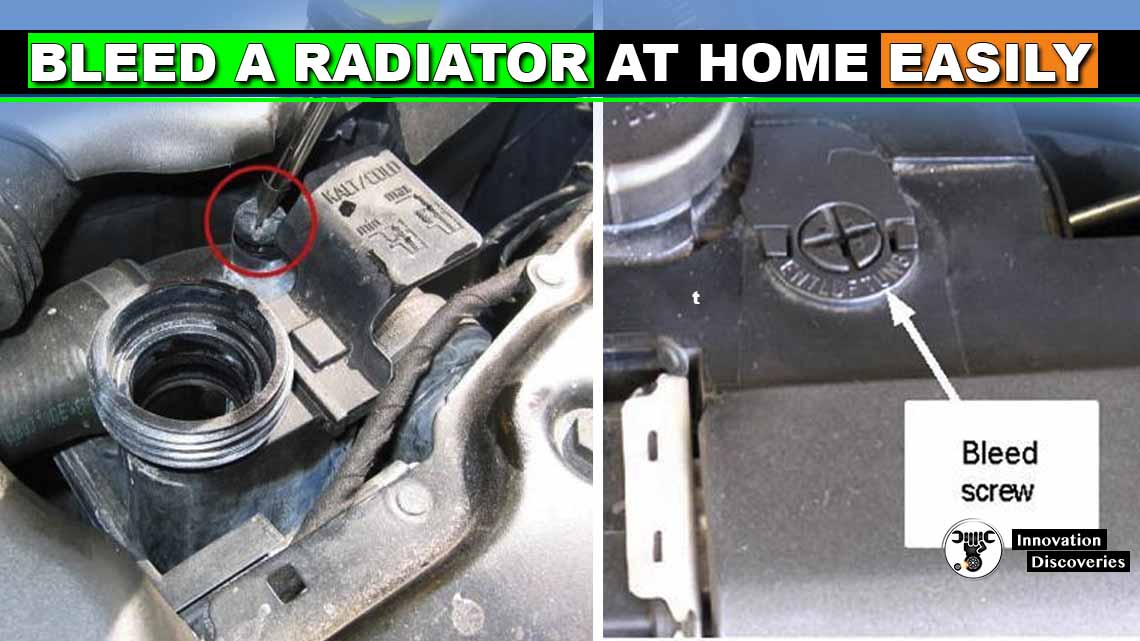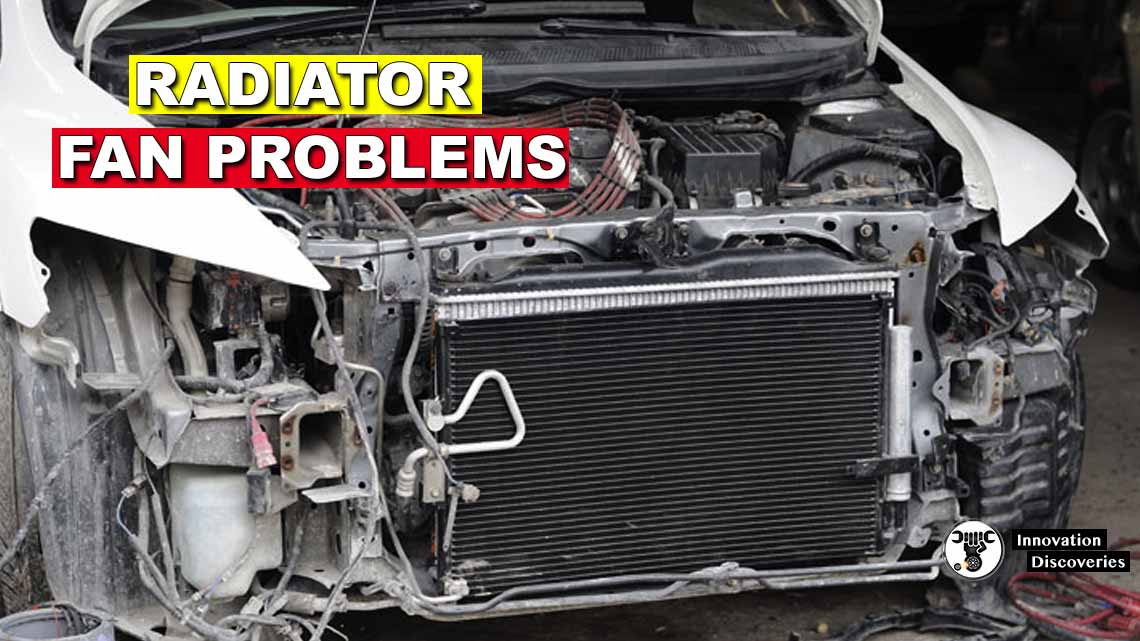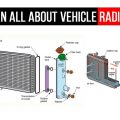
For understanding what a car radiator actually does, it may be useful to understand the method of the combustion engine protected by it.
A car engine consists of several moving components and there is friction where there is movement. Friction generates heat.
Motor oil is driven through the engine block for providing lubrication.
However, this is not enough for overcoming all of the surplus heat. As a result, engine parts become very hot as a part of normal function.
Also, read :
- ENGINEERING FUNDAMENTALS OF THE INTERNAL COMBUSTION ENGINE | PDF
- ENGINE TESTING THEORY AND PRACTICE | PDF
This is where the radiator system plays its role. The engine block has to be kept cool for preventing grave problems like a seizure or overheating.
If the pistons are not able to slide freely in the cylinders because of excess friction, they will snap eventually causing complete engine failure.
To stop this, a mixture of anti-freeze and water is pumped in the chambers of the engine block for absorbing the excessive heat and forcing it away from important parts.
Also, read : WINTER MAINTENANCE TIPS FOR EXPERT DRIVERS
Standing on the side of a road and watching smoke billowing out from the car’s radiator is not fun.
Before calling a costly tow company or changing into walking shoes, a technique is present to get back on the move.
After waiting for the car to cool down, open the bonnet and try to locate the source where the steam is coming out from. If the source is a rubber radiator hose, then a quick fix can be applied to it for getting out of the jam.
When the hole is found, it should be first dried completely.
Then tear out a 2 to 3 inch of duct tape piece and it should be placed on the hole in the hose.
Start from the center above the hole and firmly press the tape in place.
After that, tear along good piece what starts nearly 2 inches over the smaller tape piece, wrap it tightly around the hose and press it firmly in place.
The radiator fluid should be now checked just to make sure that there some left for making the drive back home. In case it is very low then ordinary plain water can be added for a temporary period.
The Wrap-Up
- Let the car cool down.
- Locate the hole and dry it.
- Put the 2 to 3 inches of tape piece on the hole.
- The radiator hose has to be thoroughly wrapped with extra tape.
- If needed, fluid can be added to the radiator.
- Once the repair is done, drive straight to a mechanic or home, whichever is the nearest.
Points to Remember
Repairs or cooling system maintenance should never be performed on a hot vehicle. It can result in serious burns.
Note that this is a temporary repair.
Don’t try to work it out for a few days trusting on the duct tape. It will make you regret.
Read More:
- BLEED A RADIATOR AT HOME EASILY
- SYMPTOMS OF A BAD RADIATOR CAP (AND HOW TO INSPECT)
- CAR RADIATOR HEATING UP? 5 RADIATOR FAN PROBLEMS THAT YOU NEED TO KNOW
- CAR COOLING SYSTEM – WHAT TO DO TO KEEP ITS COOL?
- CHECKING, ADJUSTING AND REFITTING DRIVE BELTS
HOW TO FIX LOW COMPRESSION IN ONE CYLINDER






3 Comments